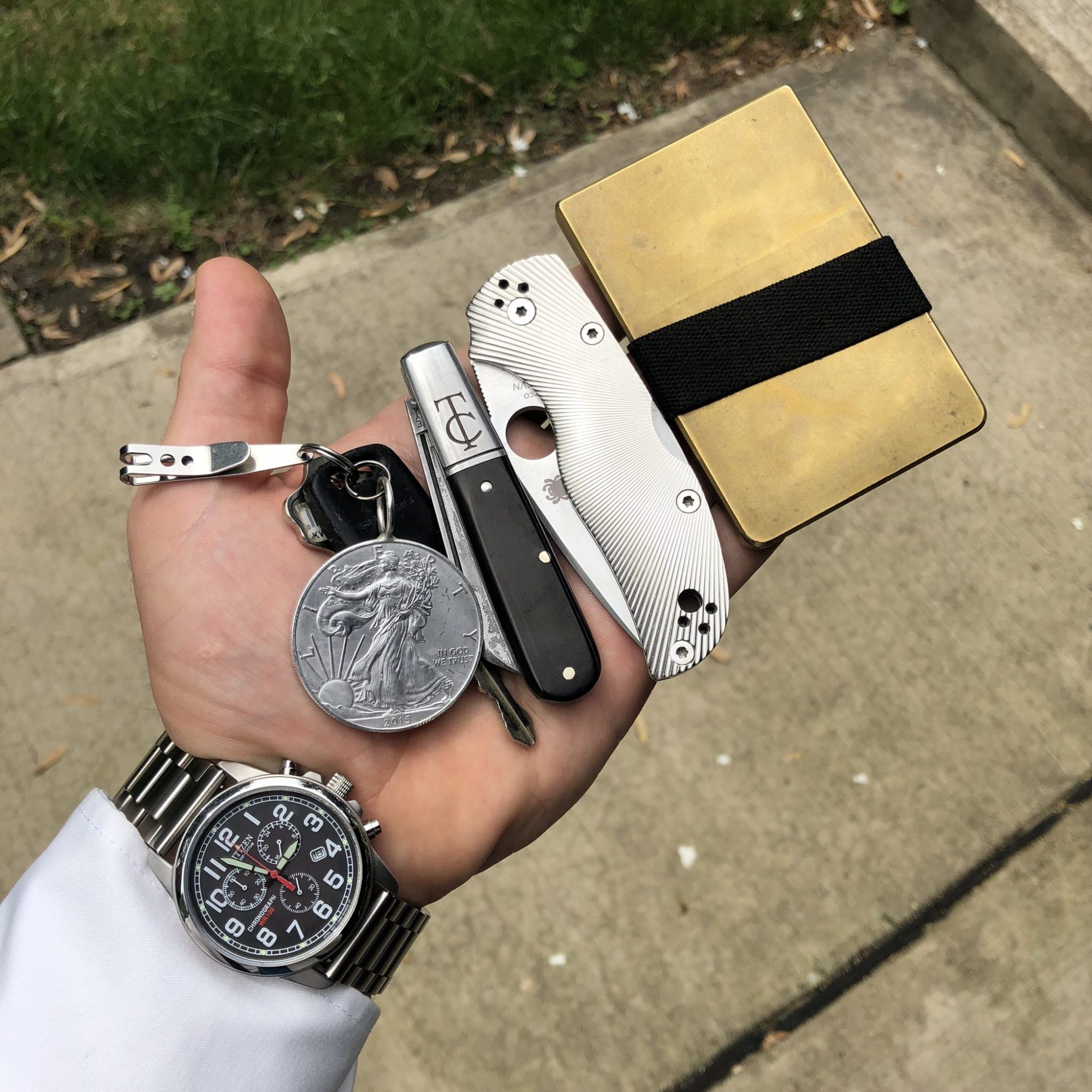2024 has already been a banner year for Great Eastern Cutlery. They have produced the quintessential #15 TC Barlow, the new #78 Bullet End Barlow, the well loved #39 Colt Cutter / Horse Rancher, and the classic #47 Viper (among others) so far. Now they have a new pattern in production and it looks like another on the way with some old favorites coming back around also. Read on to learn what’s (possibly… probably?) on the way!
#32 Engineer
GEC is currently making a new pattern called the #32 Engineer. This is a large swell center multi blade knife, like an up-sized #33 Conductor. It offers a clip point main blade and a pen secondary on opposite pivots, both riding on a single spring. It’s being offered in Agate ESPL (a synthetic), Cocobolo Wood, Hemlock Jigged Bone, and Sambar Stag. Some of these have already dropped, so if you’re after one now is the time to be watching dealers!

#91 Large Stockman
The #91 is a new pattern and sure to cause a splash in the collector community. It’s a 4.38″ closed round ended serpentine. It seems they will be making it in a classic Stockman configuration with a clip point main blade and sheepfoot and spey secondaries. I am not sure if this will be considered a Sowbelly Stockman, but it’s certainly arguable based on the frame shape.

#81 Moose
The #81 is a serpentine pattern that GEC has run as a Stockman, a Muskrat, and a Moose. Considering the “City Stock” version that Charlie Campagna has shown is coming under his Waynorth brand, it seems they are doing a new take on the Moose with a full size clip point and a small spey blade. Many enthusiasts have been hoping for a re-release of the Abilene Stock Knife on the #81 frame, so it will be interesting to see what all versions they end up making this run.

#93 Swayback
The #93 is a swayback frame that GEC has used both for their Ramfoot and the Waynorth Lambfoot. Both these versions of the #93 are widely loved and there has been excitement for a possible re-release since the “What’s in the Hallway” picture began showing a line of lambs earlier this year. All About Pocket Knives has announced that their 2024 knife is on the #93 pattern, but there’s little solid information on the specifics so far.

To be clear, these are merely speculations. There is no confirmation from Great Eastern Cutlery of any of these patterns except for the #32. That said, my reason for expecting the other 3 patterns all amount to basically the same evidence. There have been SFOs confirmed to be upcoming for all three patterns. A Waynorth on the #81, the BladeForums 2024 knife on the #91, and the All About Pocket Knives 2024 knife on the #93. Does this mean that there are definitely regular full runs of these patterns coming also? No, but historically GEC does not typically do SFOs on a pattern without also doing a normal run under their own brands. No matter what actually comes to fruition, it’s an exciting time to be a fan of Great Eastern Cutlery knives!
I sincerely thank you for your time, support, and interest! Don’t forget to tell your friends about KnifeThoughts.com, subscribe via email, and share this article on social media. You can find Knife Thoughts on YouTube where I have hundreds of knife videos, as well as on Instagram and Facebook! You can find all my latest links at LinkTr.ee/KnifeThoughts




















